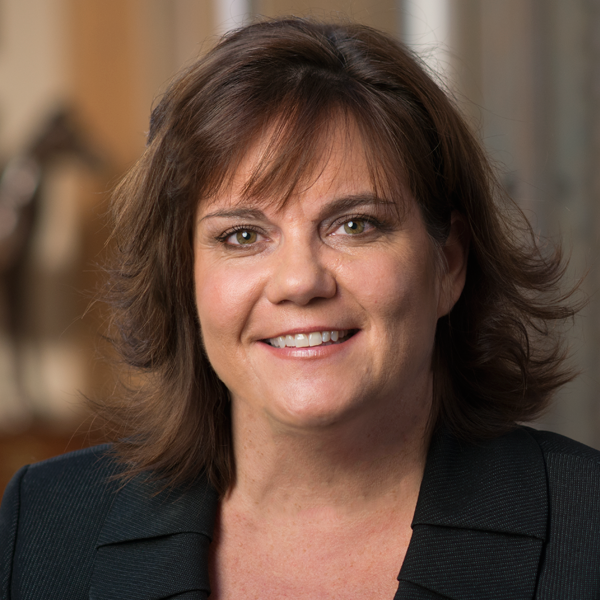Harsh truth: If their doctors aren’t on board, healthcare leaders will fail at change.
As many healthcare organizations have found, when physicians can’t see the purpose of a proposed change or aren’t asked for their input, they will block it. And it shouldn’t come as a surprise: Physicians deserve the opportunity to weigh in on system-wide initiatives that impact their daily work and ability to care for patients.
So what’s the best way to get physicians engaged in organizational initiatives? One critical component is a communications strategy that effectively and specifically targets doctors and recognizes that their communications needs differ from those of administrators, staff, and even other clinicians.
While every healthcare organization is unique, the following six best practices can help hospitals and health systems successfully engage physicians to support positive change.
1) Get the right people in the room
Before launching a plan to communicate with doctors, it’s critical to build the right infrastructure. The very first step is to gather the right team of people who are regularly engaging with them.
Usually, that team consists of the chief medical officer, the medical group CEO, the chief informatics officer, and the hospital CEO. In most healthcare organizations, these C-level executives are communicating to physicians with a variety of styles through different channels.
Leaders must align this group about their approach to physician communications. Once they are aligned, the right infrastructure will follow.
2) Ditch what isn’t working
One of the tough truths that can surface during a provider engagement assessment is just how uninterested providers can be in what you have to say, or, at least, in how you’re trying to say it. That can be hard to swallow.
Through a survey or audit, ask physicians how they’d like to engage. Listen to what they say about the channels and types of communication they prefer. Bring an open mind to their feedback. Sometimes they hate the newsletter or may not even know you have one. They may say they never watch the video from the CEO. They may not even open their health system emails. And though it may be painful, the communications team must get rid of (or at least modify) the parts of the strategy that are falling flat, even though they may have been built with the best intentions.
3) Stick to the plan
In many audits, physicians express frustration that communication seems disjointed. An initiative that involves a weekly video from leadership gets lost in the weeds, or doctors fall off regular communications as email lists get cleaned and rearranged. Campaigns launched with much hype get pushed aside for other priorities.
Unfortunately, this trains doctors to ignore the next big thing—or even the small, tactical but necessary updates—coming from communicators. To keep that from happening, it’s important to state from the get-go which communications physicians should expect. Then deliver on it. If a method of communication needs to change, it’s important to acknowledge the course correction.
The bottom line is this: Don’t make physicians do extra work to figure out how you’re trying to reach them. Set expectations, then meet them.
4) Respect their time
Physicians also get frustrated when they are bombarded with materials that seem scattershot. Their time is valuable, and they won’t play detective to figure out what’s going on if a communications channel goes dark or changes.
One easy way to help them is to think strategically about visual cues. Use the same template for newsletters and physician updates. Use colors or icons to highlight which information within a piece of communications is urgent, important, or merely FYI. In general, apply good user experience practices to your provider communications and make sure your branding is consistent across anything you send.
Another tactic: Set clear agendas around in-person meetings with physicians. Carve out time for questions, turning the meeting into an opportunity to engage in a two-way dialogue with physicians. If you need your physicians to communicate something specific to their teams, make that clear. Summarize the top three action items at the end of a meeting or call.
5) Communicate differently with doctors in different markets
Hospitals have been consolidating at an unprecedented rate in the past several years, meaning communications professionals must often engage providers in urban and rural markets. Depending on their market, physicians often have very different communications preferences.
Providers in rural markets, especially those attached to a kind of “hub-and-spoke” model, tend to feel more out-of-the-loop than those who work at flagship hospitals. In general, they are more open to email communication and eager to learn information that makes them feel that they are part of the system. They are also annoyed when they receive information that either doesn’t apply to them or makes them feel marginalized.
To prevent that, think through all system-wide communications from the lens of rural providers and ask how messaging would land with readers outside of the immediate sphere of the tertiary hospital. It’s also worth developing communications materials specifically for doctors in rural areas. If possible, encourage executives to physically travel to hospitals in rural markets, even if only once a year. A little face time goes a long way toward engagement.
When an in-person visit isn’t possible, use web conferencing or video conferencing technology to keep physicians in the loop.
6) Be judicious with emails
There’s a paradox with provider communications: Although their preferred method of receiving information is email, a bad email strategy will turn them off immediately.
Here are some tips:
• Make an email compact. Tell your physicians that if you promise to send only emails that are relevant and important to them, then they must agree to read them.
• Condense serial emails into a daily or even weekly digest and triage the information. Before sending any piece of information, ask whether it’s essential that the doctor have it in his or her inbox right now.
• Not every physician needs every email. Segment your email lists by specialty and location.
• Above all, doctors care about information that impacts their practices or their ability to treat patients. Everything else is window dressing.
Although communication doesn’t equal engagement, it is certainly an important tactic for building engagement. By following these six guidelines, healthcare communicators can improve the value—and the success—of their physician-directed communications.
Forum Members … learn more! Check out Kim Fox and Kathy Dean’s session from the 2018 Healthcare Marketing & Physician Strategies Summit.

Kim Fox has spent her entire 25+ year career helping providers use the power of communications to make healthcare better. She is a partner and national practice leader at healthcare strategic communications firm, Jarrard Phillips Cate & Hancock .


